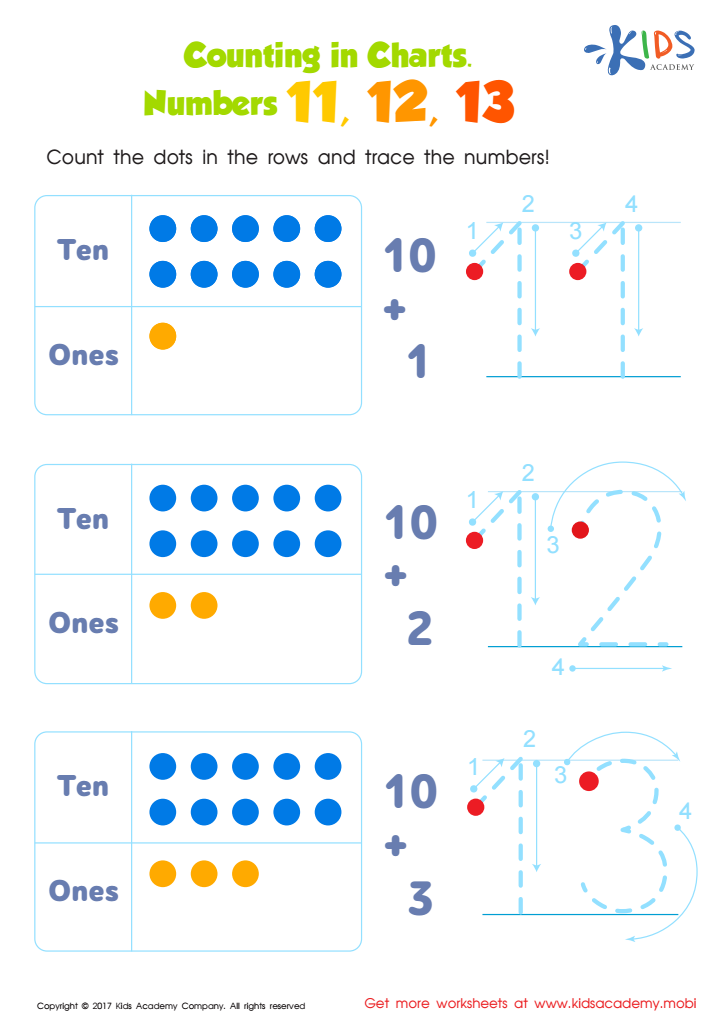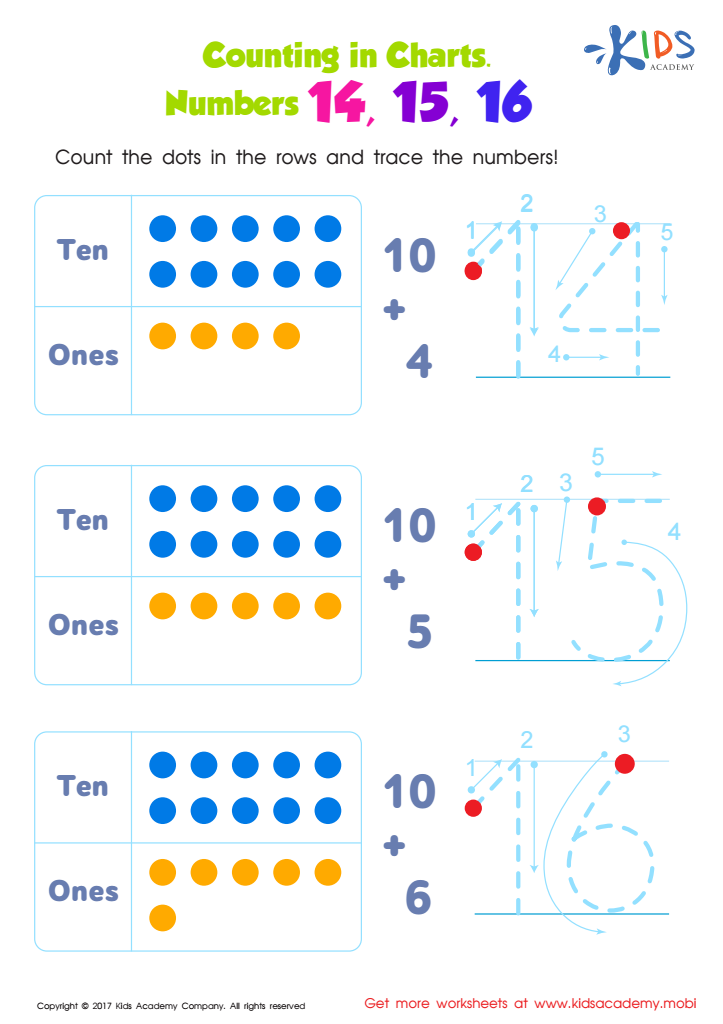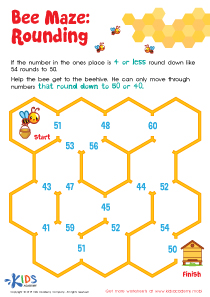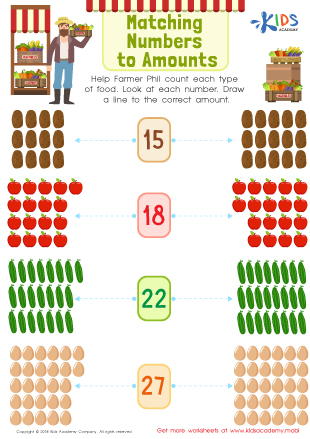Hand-eye Coordination Numbers 11–20 Worksheets for Ages 3-4
3 filtered results
-
From - To
Enhance your child's development with our "Hand-eye Coordination Numbers 11–20 Worksheets" specially tailored for ages 3-4. These engaging, fun-filled worksheets are designed to boost hand-eye coordination while familiarizing young learners with numbers 11 to 20. Featuring colorful illustrations and interactive activities, these printables help children effortlessly practice number recognition, counting, and fine motor skills. Perfect for preschoolers, they provide a stimulating educational experience to lay a strong foundation for future mathematical learning. Download now to support your child's growth in a playful and effective way, ensuring they achieve essential early learning milestones.


Ordering 11–20: Chicken & Egg Dot–to–dot Worksheet


Number Tracing Worksheet For Kindergarten


Number Tracing Worksheet
Hand-eye coordination is a crucial developmental skill for young children, and focusing on numbers 11–20 provides a meaningful context for its enhancement. For children aged 3-4, incorporating numbers into activities enhances cognitive and motor abilities, laying a foundational stone for future academic success.
Number recognition and counting beyond the basics of 1-10 introduce new cognitive challenges that stimulate brain development. Children practice tracking and precision when they interact with objects, matching quantities to symbols, or engaging in counting games. This blend of physical and cognitive coordination bolsters neural pathways that aid in complex brain functions like reasoning and problem-solving.
Investing in these skills also translates to better performance in various daily activities. For instance, improved hand-eye coordination prepares children for writing, drawing, and using tools, aiding them in becoming more independent. Activities like counting beads, arranging blocks, or engaging in number-oriented crafts not only make learning numbers 11-20 fun but also enhance fine motor skills.
In summary, focusing on hand-eye coordination through numbers 11–20 for preschoolers is essential. It enriches their cognitive framework, advances motor skill dexterity, and roots fundamental numeracy in an engaging, impactful way. This integrated approach produces well-rounded, capable learners ready to tackle more complex academic tasks in the future.
 Assign to My Students
Assign to My Students















